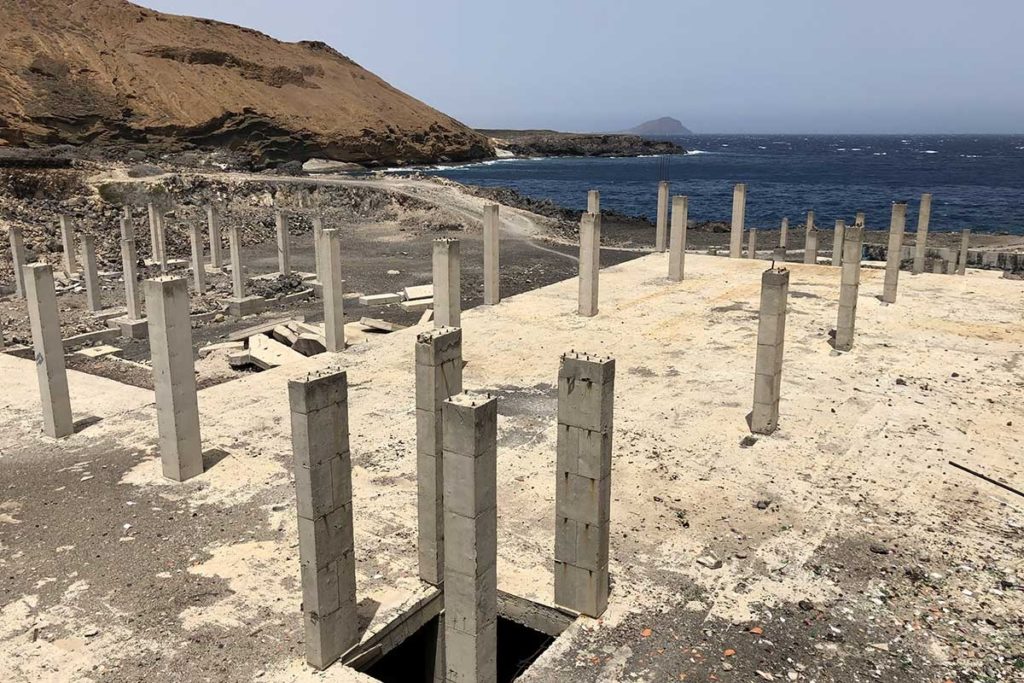
The plague of abandoned, half-built private buildings is one of the pending issues in the south of Tenerife, although it is not a problem exclusively in the southern part of the island. Its origin dates back to the years of the construction and tourism boom in from the 60’s.
Today they are frustrated architectures that, in many cases, serve as a shelter for homeless people who survive amid rubble and rubbish, despite the risk of taking refuge under concrete structures deteriorated over the years, without any maintenance of the materials and subjected to factors such as the wind, the sun, the rain and, above all, the sea, whose proximity is one of the most damaging external elements. As the architects maintain, “maresía and iron do not get along”.
Areas such as Costa del Silencio, the first tourist urbanization in the South, El Fraile (both in Arona) or San Isidro (Granadilla de Abona) bring together a large part of the ghost buildings in the region. Behind them hides the ruin of their builders, in many cases due to the effects of economic recessions (some structures have been paralyzed since the oil crisis in 1973), but also legal disputes or even the death of the owner and the resignation of his heirs to carry on with the work.
The high number of unfinished buildings in the South is directly related to the great expectations in the golden age of tourism, but also to factors associated with the low level of professionalism of many promoters of the time in the sector (to build, you had to urbanize) and the widespread fashion in the 70s and 80s of meeting groups of friends without any specialization to build. For many of them the adventure was very expensive when their projects failed.
Resuming the works of a cement skeleton is not usually the most viable option, since the high level of deterioration caused by the passage of time would require an extra investment, starting with a thorough evaluation to verify the real state of the materials. In fact, some studies indicate that finishing a building can be 20% more expensive than building a new one.
Voices have arisen from some environmental sectors that demand the establishment of a specific term for the completion of these abandoned structures and, if the works do not resume, consider some solutions that would go through the demolition, in some cases, or the construction of social housing, in others. In any case, they demand a regulation that addresses the problem.
















